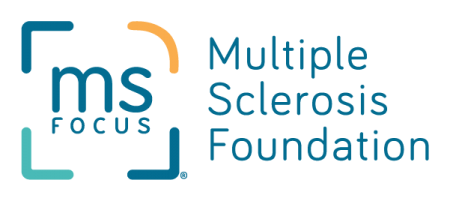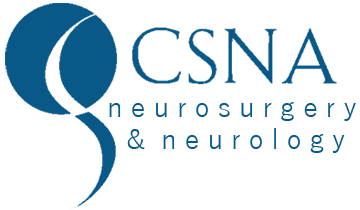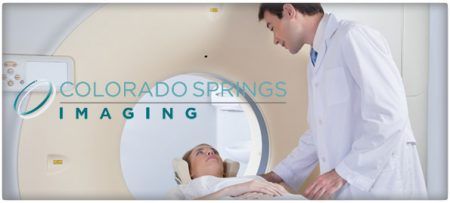Education & MS
FAQ
- Women are 2 to 3 times more likely to get MS than men.
- Women are more likely to be diagnosed at a younger age than men.
- People of Caucasian and Northern European descent are more likely to get MS.
- 1 in every 550 people in Colorado have MS.
- 400,000 people in the United States have MS.
- 2.3 million people worldwide have MS.
- Having a close relative with MS increases a person’s risk by 3-5%.
Information retrieved from the following sources:
Hersh, C. & Fox, R.J. (2014). Multiple sclerosis.
Kalb, R., Giesser, B., & Costello, K. (2012). Multiple sclerosis for dummies (2nd ed). Hoboken, NJ: John Wiley & Sons, Inc.
National Multiple Sclerosis Society, (n.d). MS prevalence: Estimating the prevalence of MS.
National Multiple Sclerosis Society, (2006). National MS society, Colorado chapter.
Treatments options
Medication
There are a variety of medications now available to treat inflammatory MS. Studies have shown that they lessen the frequency and severity of MS attacks and slow the progression of the illness. The therapies available for the treatment of relapsing-remitting multiple sclerosis (RRMS) are administered either by injection or infusion. Because MS disease activity is now known to be continuing in the CNS even when symptoms are not present, it is important to begin taking one of these medications as soon as a diagnosis is made.
Injectable RRMS therapies are the most common type of treatment and are generally considered the first choice of treatment for RRMS. They are delivered either just under the skin (subcutaneous), or deep into the muscle (intramuscular).
Infusion therapies are usually used as a backup treatment for people who have had an inadequate response to, or are unable to tolerate, injectable therapies for RRMS, or who are experiencing a worsening form of RRMS. Infusion therapy is delivered by a process called intravenous (IV) infusion, which means it is delivered directly to your bloodstream through a vein.
There are a few tools and techniques your doctor may use to understand how well your therapy is working. These techniques include magnetic resonance imaging (MRI)6, a practice that allows a non-invasive look inside the body. An MRI can help your doctor see any recent disease activity, and measure disease severity.
Your doctor may also use something known as the Expanded Disability Status Scale (EDSS). The EDSS measures mobility on a scale of 0.0 to 10.0 (0.0 indicating normal mobility). The EDSS is often used in clinical studies to examine whether treatments are having an effect on mobility (your doctor might use certain parts of this exam such as a timed 50-ft walk).
Other Treatments
Therapies are available to treat individual symptoms as they occur. Eating well and exercising are two positive things you can do in addition to taking your multiple sclerosis medication. Some people with MS take part in physical therapy, exercise or yoga to help with flexibility, coordination and strength. Exercise has been proven to help with many MS symptoms. But make sure you speak with your doctor or health care provider before starting any exercise regimen.
*Information from this page came from the following websites: MSA of King County, Copaxone and the National Multiple Sclerosis Society.

























